My Writer’s Journey: Some of the Books Along the Way
There are few things I love more than reading. There are few things I love more than writing. And I feel quite sure that I will not be the first or the last writer who, when asked what advice she might give to writers starting out on their creative journey, will respond, “Read. All the time. I mean, ALL the time.”
Books have been a huge part of my life for as long as I can remember. I got my love of reading from my second grade teacher, Miss Pat Bonardi. Just recently, I read on Facebook that she is living in happy retirement in New England. I will be sending her a thank-you card soon. She gave me a gift that has enriched my life beyond measure.
I love to talk about reading and writing. I love to read about reading and writing, and I love to write about reading and writing. The topic of books is among my favorite subjects; it’s right up there with happy tales of animal rescue, the latest episode of Law and Order: SVU, and charming hidden neighborhoods in Paris.
Oh, and speaking of books, here’s an annotated list, by no means a comprehensive one, of books that have had a tremendously positive impact on my life.

Yes, the same E.B. White who wrote the impossibly lovely and heartbreaking Charlotte’s Web. If you ever write anything at any point in your life – a novel, a short story, an e-mail, a shopping list – you MUST read and reread The Elements of Style. It must be on your desk or wherever you write and you must refer to it again and again. Please, just trust me on this. I bought my hardcover copy shortly after I graduated from college (and the fact that I didn’t have a copy in college is one of the many reasons that my prose was at best pedestrian and at worst precious during those years).
It cost $7.95 back then. For a hardcover book. You can’t buy a fancy greeting card at Papyrus for $7.95 now (this is only a slight exaggeration…).
The first time I read the book, I highlighted the significant sentences with a yellow highlighter.
My copy is basically all highlighted in yellow.
Here’s just one section that every writer should commit to memory:
“Clarity, clarity, clarity. When you become hopelessly mired in a sentence, it is best to start fresh; … When you say something, make sure you have said it. The chances of your having said it are only fair.”
Yes, that’s a humbling statement. And it should be. We should be duly humbled as writers. Because words and stories are sacred, and they deserve nothing less than our very best.
Please, just trust me on this. Buy The Elements of Style. Read it. ALL the time.
Writing from the Inside Out: Transforming Your Psychological Blocks to Release the Writer Within by Dennis Palumbo
Dennis Palumbo was a screenwriter and he is now an author of mystery novels and a psychotherapist who specializes in counseling creative people.
He is one of the screenwriters of My Favorite Year, starring Peter O’Toole, which is one of the best movies ever made, in my forever-less-than-humble opinion. I’ve seen it dozens of times. It is utterly delightful and wonderful.
And so is his book for writers. I think that having some dark nights of the soul is pretty much a part of the human condition. More so for creative people? Maybe. Dennis’s (we’re friends on Facebook, so, as far as I’m concerned, we’re on a first-name basis) book is a vital source of comfort for those dark nights and inspiration for every other day. It is wonderfully soothing for your writer’s soul.
Here are the last three paragraphs of the book:
“In the end, there’s just you and your writing. As screenwriter Fredrick Raphael said, when defining what he meant by work, ‘It’s having pages in the evening that weren’t there in the morning.’
You. And your writing. That’s all there is. That’s all there needs to be.
So go. Write.”
I swear, if I had a buck for every time I’ve read those three paragraphs, I could fly all of us to Paris. And I’m not talking in coach, either.
Bird by Bird: Some Instructions on Writing and Life by Anne Lamott
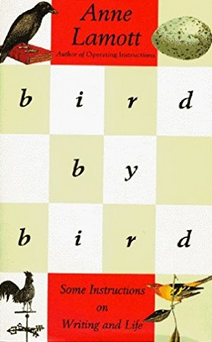
So you’re starting out, and it really can feel overwhelming, can’t it? If you’re writing the manuscript of a novel, you’ve got 85,000 or so words to produce. Yikes. Maybe just go to the gym or to the movies and then start fresh tomorrow?
NO! Don’t do that! And Anne Lamott’s fabulous book gives you two absolutely invaluable tools to get your tuchus down into the chair and to start writing. And why do you want to start writing? Because you LOVE writing, remember!
Here’s one:
“Thirty years ago my older brother, who was ten years old at the time, was trying to get a report on birds written that he’d had three months to write. It was due the next day. We were out at our family cabin in Bolinas, and he was at the kitchen table close to tears, surrounded by binder paper and pencils and unopened books on birds, immobilized by the hugeness of the task ahead. Then my father sat down beside him, put his arm on my brother’s shoulder, and said, ‘Bird by bird, buddy. Just take it bird by bird’.”
Is that lovely, or what? I can take just about anything bird by bird. I can write one page at a time. I don’t have to think about the 400-plus double-spaced pages of a manuscript. I only have to have fun with this project one page at a time.
Here’s the other:
“I go back to trying to breathe, slowly and calmly, and I finally notice the one-inch picture frame that I put on my desk to remind me of short assignments. It reminds me that all I have to do is to write down as much as I can see through a one-inch picture frame. This is all I have to bite off for the time being.”
It’s a one-inch picture frame! Who can’t sit down and fill one-inch with prose? My corollary to that is the 15-Minute Rule. As my friend Kevin says, you can do anything for 15 minutes (except ride on a rollercoaster; I am serious, you will not get me on a rollercoaster for 15 seconds… I don’t care how not scary you say it is…). You can set a timer for 15 minutes and you can sit your tuchus down and write for 15 minutes. Because you LOVE to write, correct? And I bet you anything (in fact, I bet you a first-class ticket to Paris…) that after the first 15 minutes, you’ll want to write for another 15 minutes. And then another after that. You get the idea.
I’m not kidding, and I know I sound self-righteous when I say this, but what the hell… I never have writer’s block. Never. And, to a great extent, I have Anne Lamott to thank for that.
The Count of Monte Cristo by Alexandre Dumas
This superb novel was written in the 19th Century. And, I swear to you, it saved my life in the 20th Century. That, my friends, is the infinite and universal power of great literature.
It was an unusually humid summer in New York City, and my boyfriend had just quite unceremoniously dumped me. We had been living together, and so I had to get a new apartment. The best I could find and afford was a fifth-floor walk-up with the bathtub in the kitchen.
With no air conditioning. And no cross-breeze. I felt about as miserable and defeated as I could stand to be without spontaneously combusting.
My best-friend-since-high-school’s father was a wonderful writer. He had told me many times that The Count of Monte Cristo was one of his favorite books. I don’t know why the timing turned out the way it did, but in my sweating loneliness that summer, I decided that I finally had to read Dumas’s novel.
I walked to one of the many bookstores that then existed in Manhattan. They had a copy of the book, but it was abridged. I never read abridged works. I don’t want anyone other than the author to decide how much of his work I’m going to read. So I went to another bookstore. And another. None of them had the complete version of the book. One of the salespeople suggested I try the public library. They had the book, but not at my local branch. I had to wait for what felt like an eternity, but I’m sure was only a few days, for the full 1,500 pages of the novel to be sent to my branch from Queens via inter-library loan.
It was worth the wait. And, P.S., I absolutely adore libraries.
I couldn’t put the story of Edmund Dantes down. Sweet Mother of Baby Jesus, did that poor man suffer at the hands of his supposed friends, or what? And, Spoiler Alert, I’m half-Sicilian, so his revenge spoke to me on a visceral level.
That book changed my sorrow into optimism. If I was having a bad day, I would say to myself, “Yes, this is a rather difficult time, but at least I’m not unjustly imprisoned in the Château d’If.”
The final words of this superb novel are a mantra for never giving up: “…all human wisdom is contained in these two words, ‘Wait and Hope’.”
I waited. And I hoped. And things got better. Much better. And I have enduring faith that they just about always do. And I believe that, to a great extent, because of The Count of Monte Cristo.
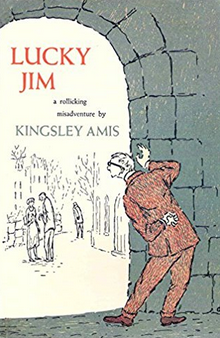
This is one of the funniest books ever written. Ever. This book is laugh aloud funny. This is one of those books that makes you lock eyes with someone when you see that they’re reading it, or makes you nod in joyous communion when you hear that someone has also read it. You look at each other and you smile and you silently or with voice agree that it is just one of the funniest damn books EVER written.
Here’s Amis’s description of a hangover being suffered by his protagonist, Jim Dixon, a lecturer at a provincial English university:
“Dixon was alive again. Consciousness was upon him before he could get out of the way; not for him the slow, gracious wandering from the halls of sleep, but a summary, forcible ejection. He lay sprawled, too wicked to move, spewed up like a broken spider-crab on the tarry shingle of the morning. The light did him harm, but not as much as looking at things did; he resolved, having done it once, never to move his eyeballs again. A dusty thudding in his head made the scene before him beat like a pulse. His mouth has been used as a latrine by some small creature of the night, and then as its mausoleum. During the night, too, he’d somehow been on a cross-country run and then been expertly beaten up by a secret police. He felt bad.”
Disagree with me if you must, but I think the phrase “too wicked to move” is freakin’ hilarious.
Reading Lucky Jim is one of the major milestones on my journey to describing my writer-self as a “humorist.” Along with anything written by P.G. Wodehouse, Lucky Jim showed me the sublime value and brilliance of prose that brings laughter. It helped me to find my writer’s voice. If there’s a gift to a writer that is better than that one, I don’t know what it is.
A Prayer for Owen Meany by John Irving
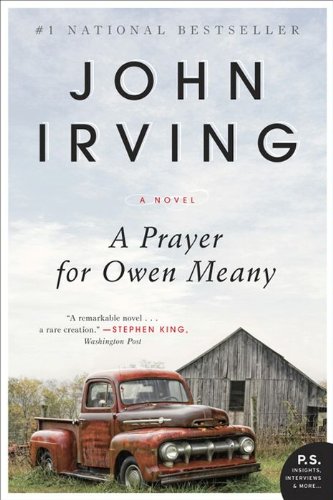
For me, A Prayer for Owen Meany is one of those novels that you don’t want to end. And when it does end, you immediately miss all the characters because they are very, very, very dear to you, and you immediately envy anyone who hasn’t read it yet, because they have that exquisite experience to look forward to. For me, this novel is perfection.
And the key words in that paragraph are “For me.” I know people who completely agree with me about how utterly superb this novel is. And then I also know people who hate it. And I do mean hate it. I remember one of my closest friends from college, a woman whose opinion I greatly respect, telling me she thought that it was one of the worst books she had ever read, and she in fact couldn’t finish it because it was so god-awful.
I’ve come to understand that there is no work of creativity that will earn universal acclaim. None. There must be someone, somewhere, who thinks the Mona Lisa and Handel’s Messiah and The Simpsons are crap.
This fact is by no means an excuse to send anything less than your absolutely best work out into the world. But it is a way of soothing your ego and your feelings when someone watches or reads or listens to or gazes at your baby and deems it “dreck that cheapens the concept of dreck in its surpassing dreadfulness” on Goodreads. (I am being entirely disingenuous in my use of quotation marks in this attempt to heighten the drama underlying my thesis; no one has referred to my novels as dreck on Goodreads. Yet.)
I can now face the world’s response to my prose with a relatively solid base of self-confidence. When people don’t like my work, it still causes a twinge of pain, and sometimes more than a twinge, but it’s not nearly as devastating as it used to be. I have John Irving and Owen Meany to thank for that.
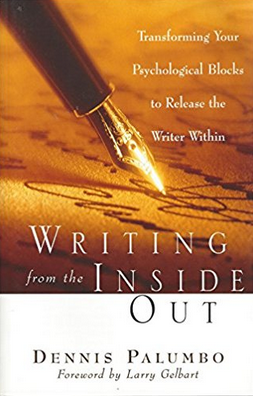
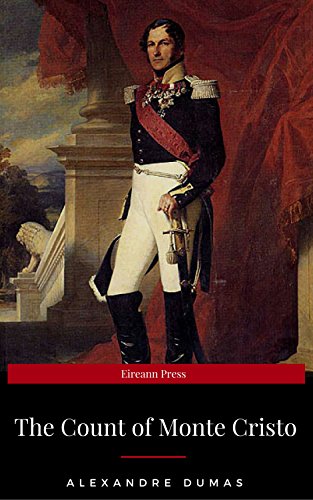
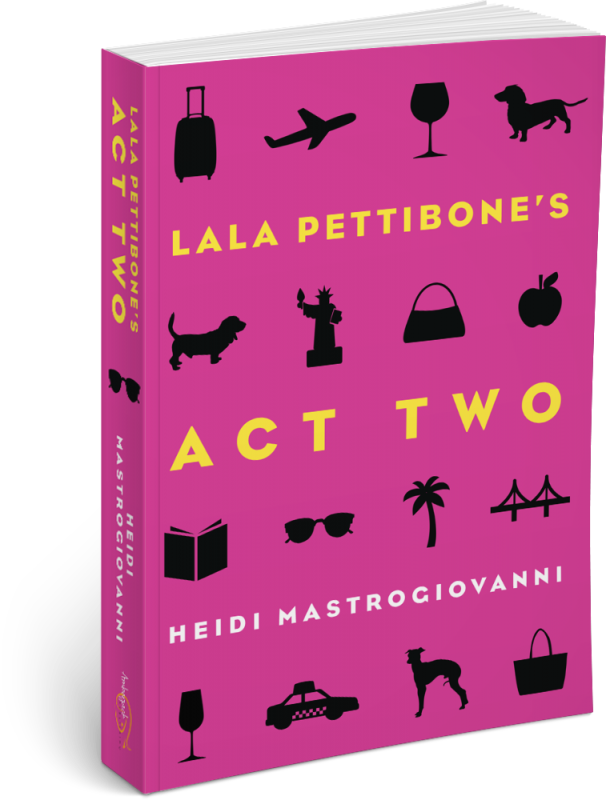







What a delightful blog. I have enjoyed reading most of the books on your list. Thank you for sharing,
Thank you so much, Meg! I’m delighted that you enjoyed it!
All sorts of good stuff here, but the one that really got me was that you would be able to track down the teacher that had such a part in this legacy–give her an attagirl for all of us!